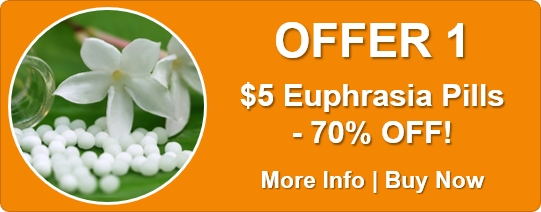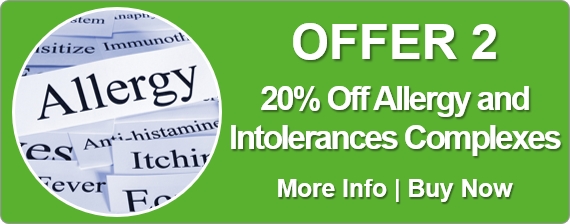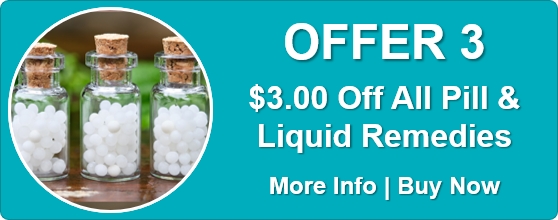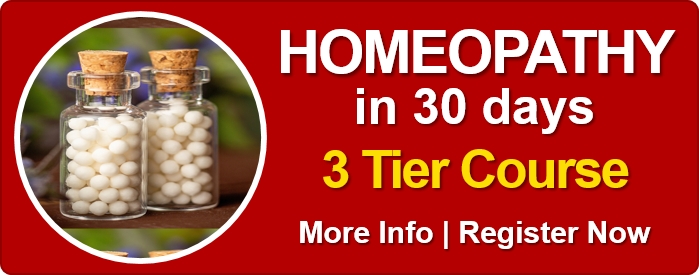Know Your Remedies: Agaricus Muscarius (Agar.)
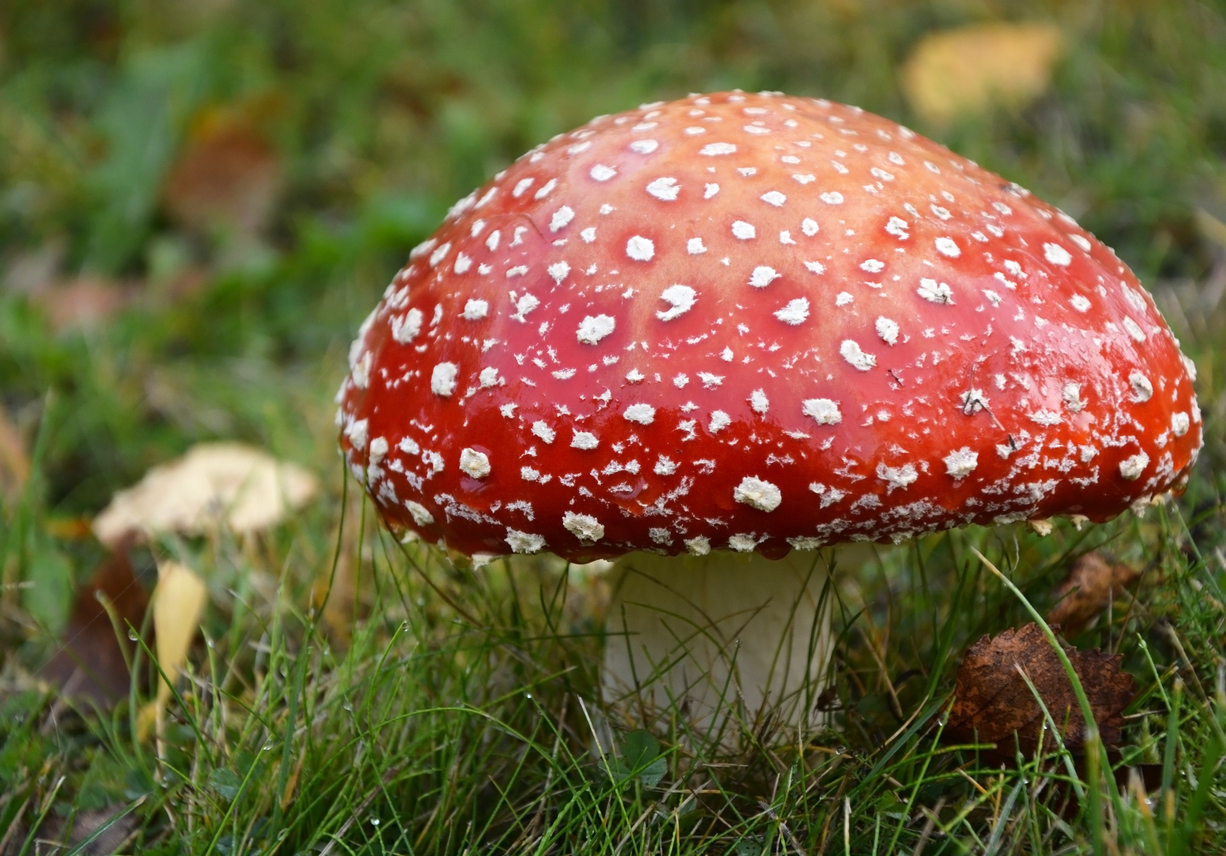 Common Names: Agaricus mushroom; Fly agaric fungus
Common Names: Agaricus mushroom; Fly agaric fungus
General Information
Agaricus is a remedy for twitches, jerks, tics, cramps, spasms, and even types of neurodegenerative disorders and convulsions. Movements are likely to be Involuntary, exaggerated and awkward. Symptoms worsen before thunderstorms and after sexual intercourse. The person will be anxious about their own health and fear cancer but will happily be near or help other sick people. They often complain of being chilly and are sensitive to cold air. Children will develop slowly and have delayed milestones of walking and talking. They will also be hyperactive, clumsy and lack awareness of danger.
Mental-Emotional Symptoms
- Dullness of mind, laziness and lack of motivation in the morning.
- Anxiety about health with an extreme fear of cancer.
- Excited and ecstatic states.
- Clumsy awkward children who are fearless of climbing, running, etc. ‘Dare-devils’.
- Restlessness with poor focus or comprehension.
Eye
- Spasms or twitching of eyelids.
- Involuntary movement of eyes – like a pendulum.
Face
- Twitching or spasms of face. Grimaces.
- Types of Bell’s palsy.
Skin
- Burning and itching of skin – as if frostbitten.
- Sensation of hot or icy cold needles sticking into skin.
Limbs
- Clumsiness and awkwardness. Ataxia.
- Twitching or trembling of muscles.
Back
- Severe low back pain and sciatica.
- Back pain worsened by sitting and improved when lying.
Where do I find it?
Agaricus muscarius (Agar.) is available from our online store as a single remedy, and as part of the following Complex (combination remedy): Chilblains.
Home Treatment Guidelines
Acute, Self-Limiting Conditions
Conditions like colds or minor injuries, which are short-term and typically improve on their own, can be managed at home with homeopathy. However, in emergencies or if symptoms worsen, contact your healthcare provider.
Chronic Conditions
These home treatment instructions do not apply for ongoing issues, whether mentioned above or not, like persistent allergies or chronic pain. You should consult a qualified homeopath for a personalized treatment plan to achieve the best results with homeopathy for chronic conditions.
How to Take the Remedy for Acute Conditions
- Take one pill or five drops of the remedy. The frequency depends on symptom severity. As examples:
- For life-threatening symptoms, take every 1 minute and seek emergency help immediately.
- For mild symptoms, take every 4 hours.
- Stop taking the remedy once you feel better. Resume if symptoms return.
- If no improvement after four doses, choose a different remedy or consult a professional homeopath.
- For more details on dosing, refer to: How Often to Dose with a 30C Homeopathic remedy.
- For information on the different potencies, read: Guidelines on which potency to use
Additional Notes From Past Masters
Homeopathy is a 200-year-old system of medicine. Early homeopaths recorded detailed notes on how remedies worked, including initial tests, remedy relationships, and their experiences. These writings were shared to improve homeopathic practice and now offer fascinating insights into past uses of homeopathy. Here’s an example, edited and modernised for clarity, from Leaders In Homoeopathic Therapeutics (1898) by E. B. NASH M.D.:
Leaders In Homoeopathic Therapeutics by E. B. NASH M.D.
Agaricus muscarius (Agar.)
Ears, face, nose and skin in general, red and itch as if from chilblains.
Twitching in eyelids (especially), face, extremities, even choreaic jerkings, which cease during sleep.
Spinal column painful and sensitive to touch, aching extending into the lower limbs.
* * * * *
Agaricus has some very characteristic skin symptoms. “Ears, face, nose, toes and skin in general are affected with a redness, itching and burning as of from being frozen.” This is a very valuable symptom and may lead to the choice of this drug in many very different diseases.
I have used the remedy a good many years with very gratifying results for chilblains. I always use it internally in the 200th.
It is also a remedy of first importance for twitchings, from simple twitching in face, eyelids (especially) and extremities, to severe cases of chorea. In the latter disease the twitchings cease during sleep. Again it has been found useful in spinal irritation.
The symptoms indicating it here are best given in Allen’s Encyclopaedia.
No doubt this remedy has been over proven, and as a consequence many of its recorded symptoms are unreliable. The best work that can be done with it now is to separate them, if possible, “proving all things and holding fast that which is true.”


